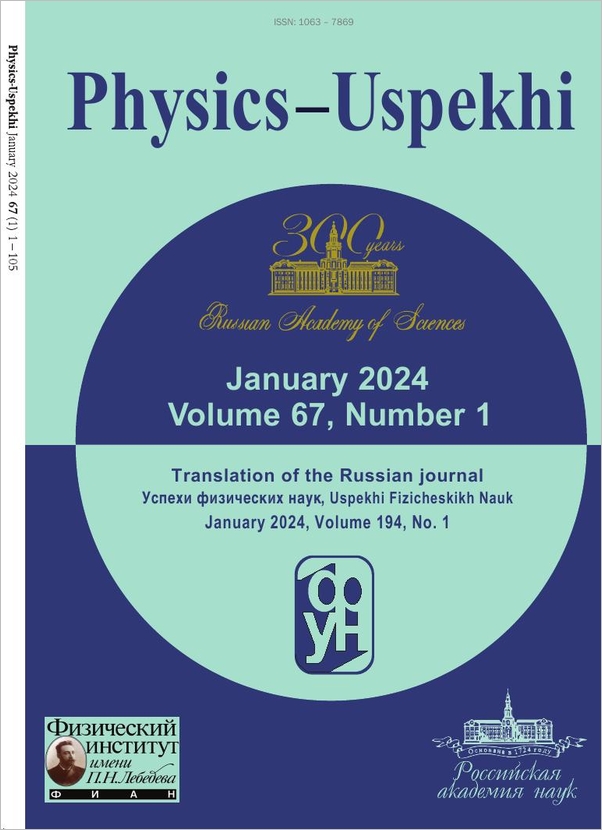|
This article is cited in 2 scientific papers (total in 3 papers)
CONFERENCES AND SYMPOSIA
Quantum cascade lasers for the 8-$\mu$m spectral range: technology, design, and analysis
V. V. Dudeleva, E. D. Cherotchenkoa, I. I. Vrubela, D. A. Mikhailova, D. V. Chistyakova, V. Yu. Mylnikova, S. N. Loseva, E. A. Kognovitskayaa, A. V. Babicheva, A. V. Lutetskiya, S. O. Slipchenkoa, N. A. Pikhtina, A. G. Gladyshevb, K. A. Podgaetskiyc, A. Yu. Andreevc, I. V. Yarotskayac, M. A. Laduginc, A. A. Marmalyukc, I. I. Novikovbd, V. I. Kuchinskiia, L. Ya. Karachinskybd, A. Yu. Egorovbe, G. S. Sokolovskiia
a Ioffe Institute, Russian Academy of Sciences, St. Petersburg
b Connector Optics LLC, St. Petersburg
c Polus Research Institute of M.F. Stelmakh Joint Stock Company, Moscow
d ITMO University
e Alferov St. Petersburg National Research Academic University, Russian Academy of Sciences
Abstract:
Quantum cascade lasers (QCLs) have received enormous attention from the scientific community due to their broad range of applications in a wide variety of industries, agriculture, healthcare, environmental protection, and many other scientific and technical fields. In this article, in addition to a review of the main applications and the state of research and development of high-power QCLs in the mid-infrared range, we consider the features of their manufacturing technology that make it possible to obtain a high peak power and discuss the effect of overheating of the active region on the output optical power and spectral characteristics. A comparison is made of the characteristics of QCLs with the same cavity parameters but with different active regions made on the basis of substrate-matched or strained heteropairs, which provides a different energy barrier between the upper laser level and the continuum. It is shown that the use of strained heteropairs in the active region of a QCL provides an almost twofold increase in the characteristic temperature $T_0$ as well as a significantly higher efficiency and an increase in the maximum output optical power to over 21 W, which is a world record for a single stripe QCL with a $8~\mu $m spectral range.
Received: September 3, 2023
Accepted: May 22, 2023
Citation:
V. V. Dudelev, E. D. Cherotchenko, I. I. Vrubel, D. A. Mikhailov, D. V. Chistyakov, V. Yu. Mylnikov, S. N. Losev, E. A. Kognovitskaya, A. V. Babichev, A. V. Lutetskiy, S. O. Slipchenko, N. A. Pikhtin, A. G. Gladyshev, K. A. Podgaetskiy, A. Yu. Andreev, I. V. Yarotskaya, M. A. Ladugin, A. A. Marmalyuk, I. I. Novikov, V. I. Kuchinskii, L. Ya. Karachinsky, A. Yu. Egorov, G. S. Sokolovskii, “Quantum cascade lasers for the 8-$\mu$m spectral range: technology, design, and analysis”, UFN, 194:1 (2024), 98–105; Phys. Usp., 67:1 (2024), 92–98
Linking options:
https://www.mathnet.ru/eng/ufn15758 https://www.mathnet.ru/eng/ufn/v194/i1/p98
|


| Statistics & downloads: |
| Abstract page: | 136 | | Full-text PDF : | 9 | | References: | 24 | | First page: | 11 |
|



 Contact us:
Contact us: Terms of Use
Terms of Use
 Registration to the website
Registration to the website Logotypes
Logotypes